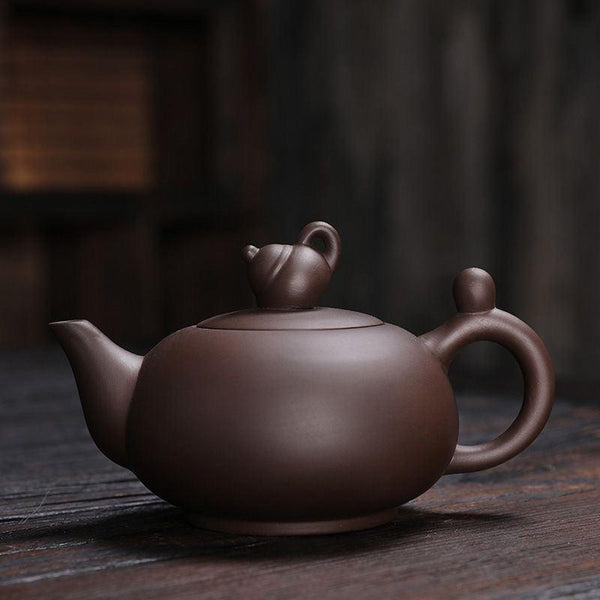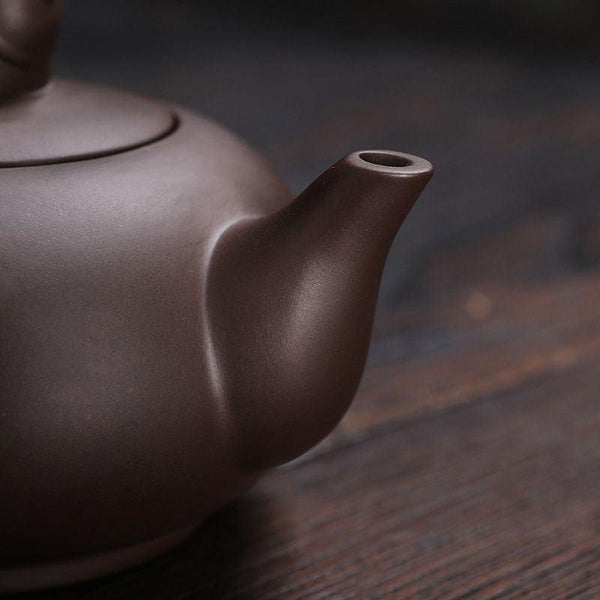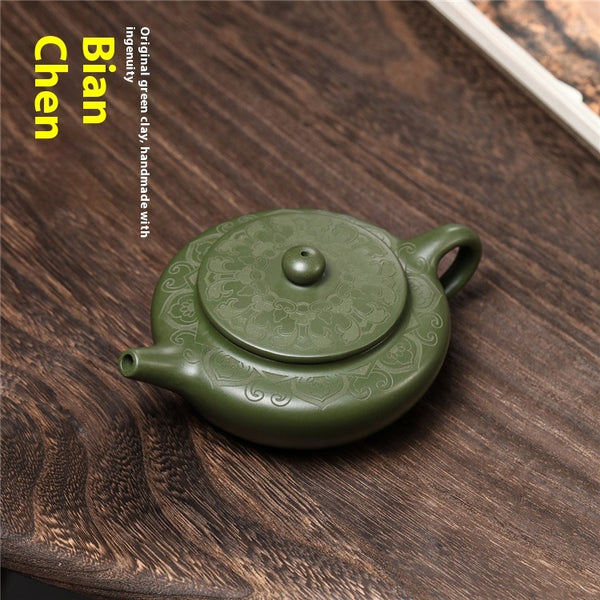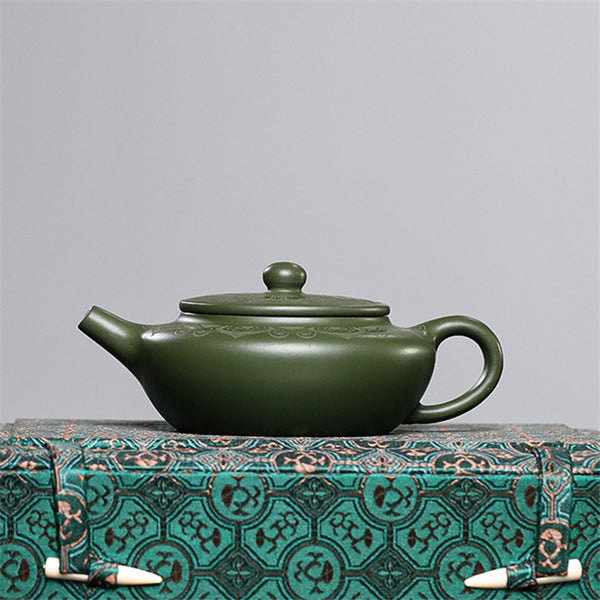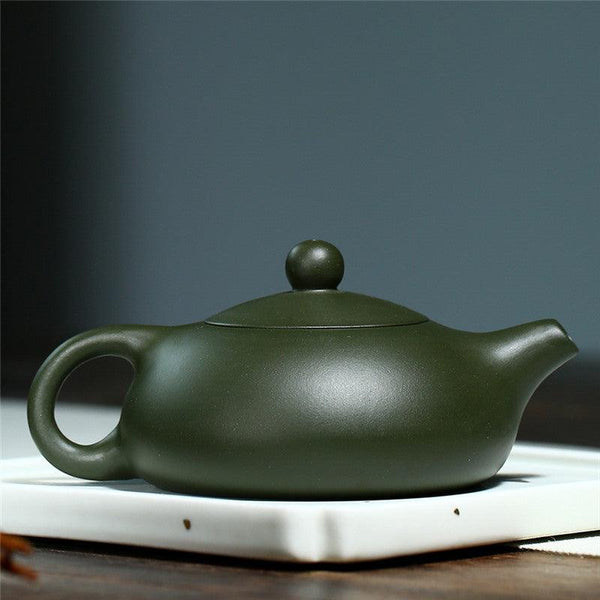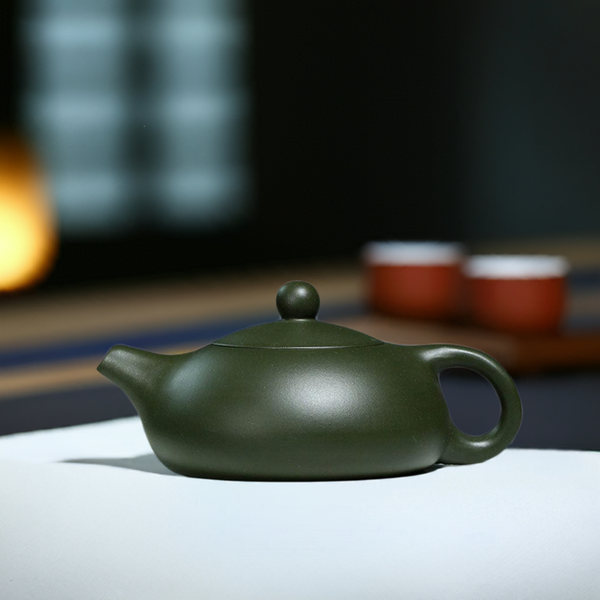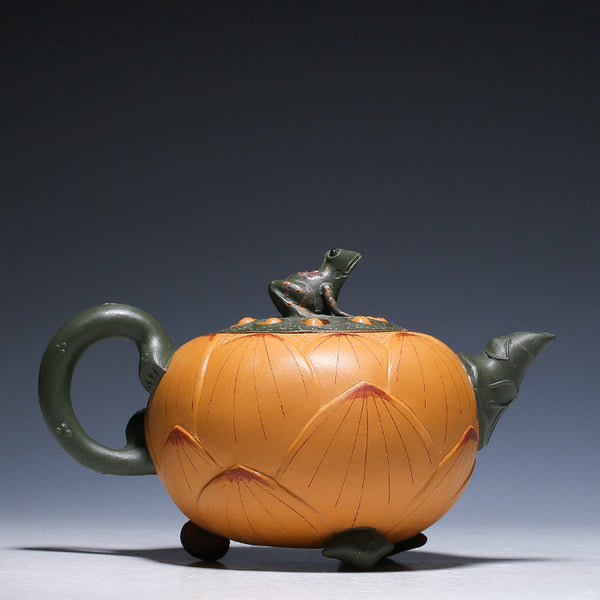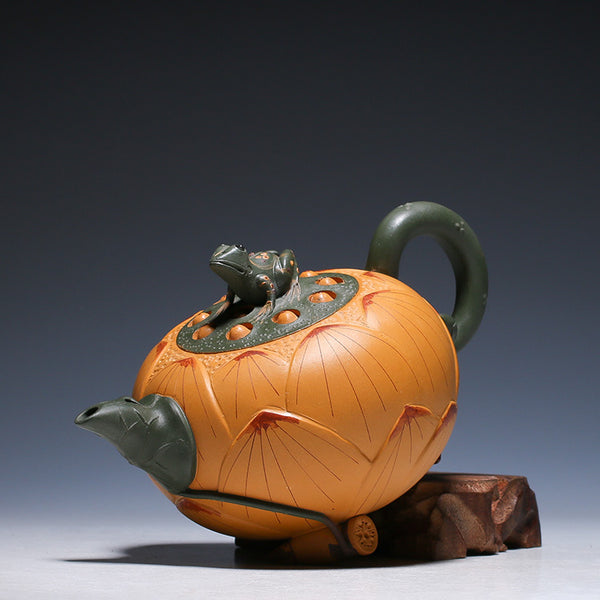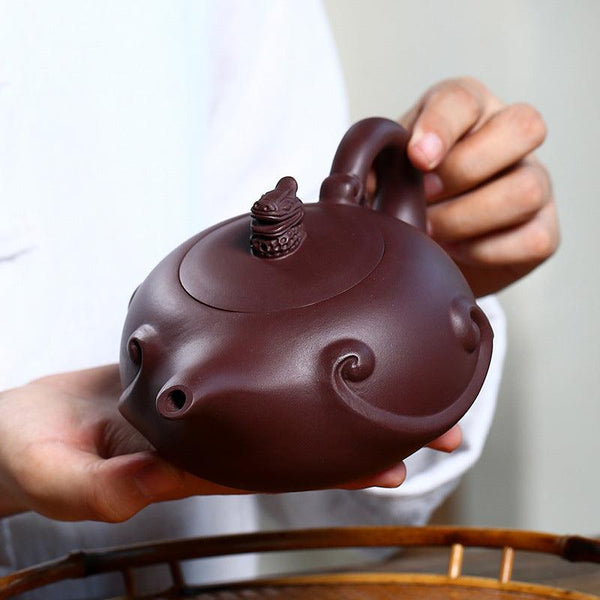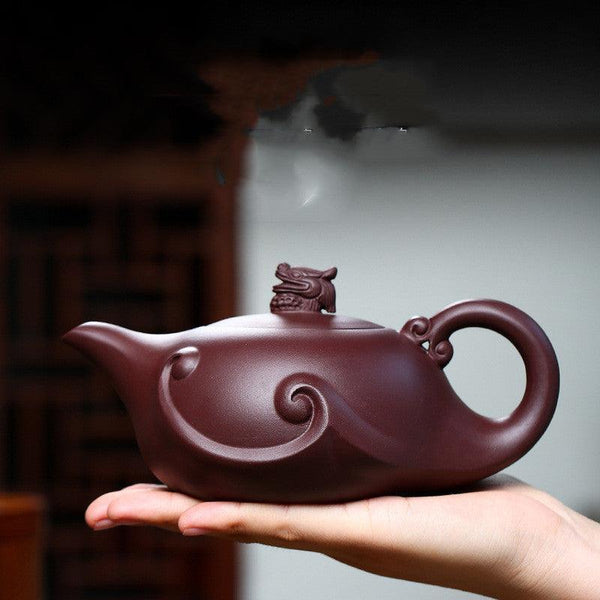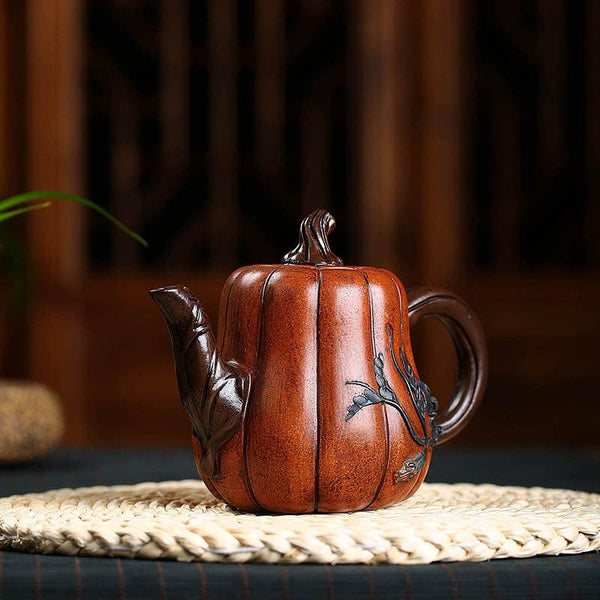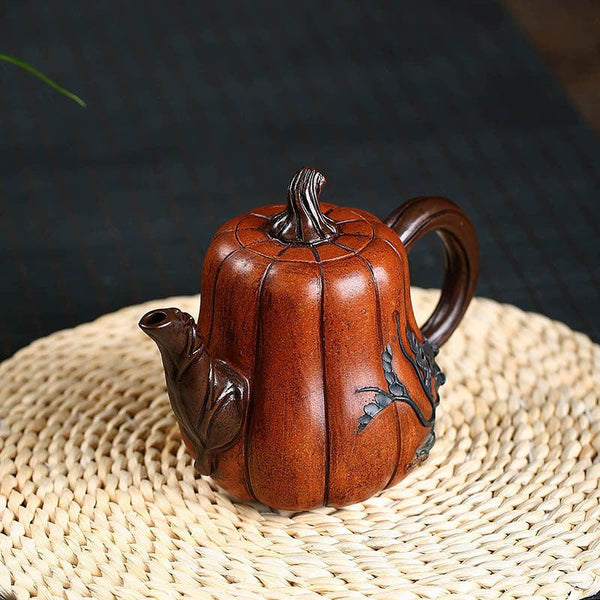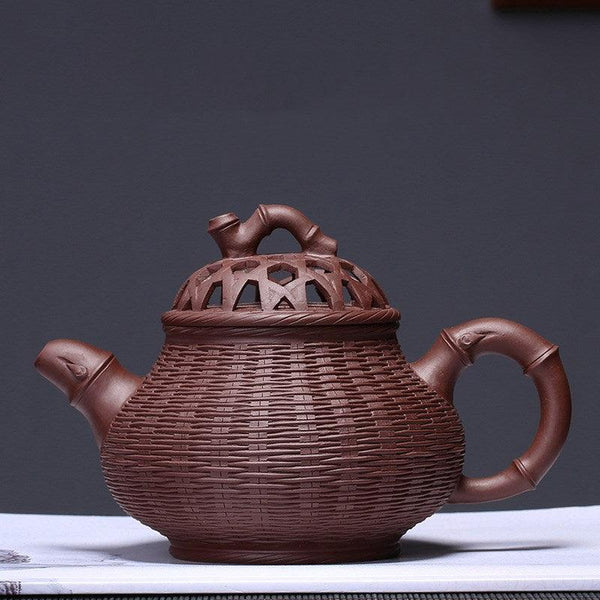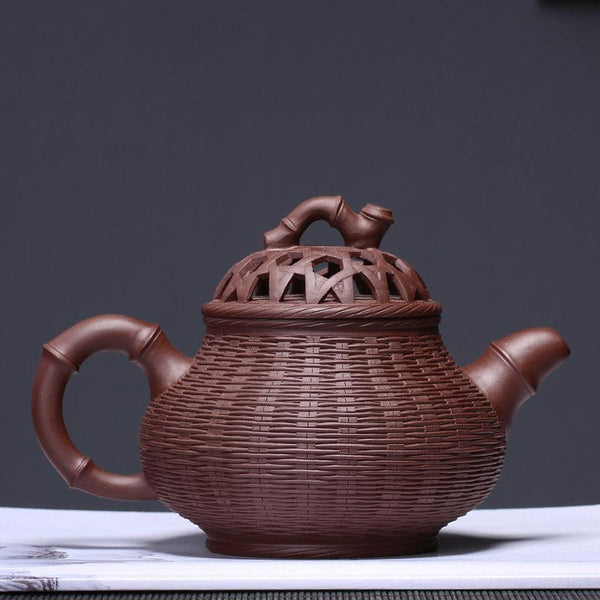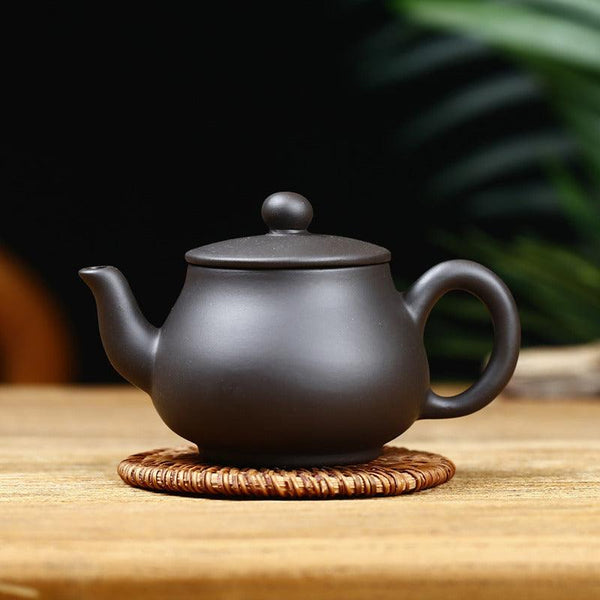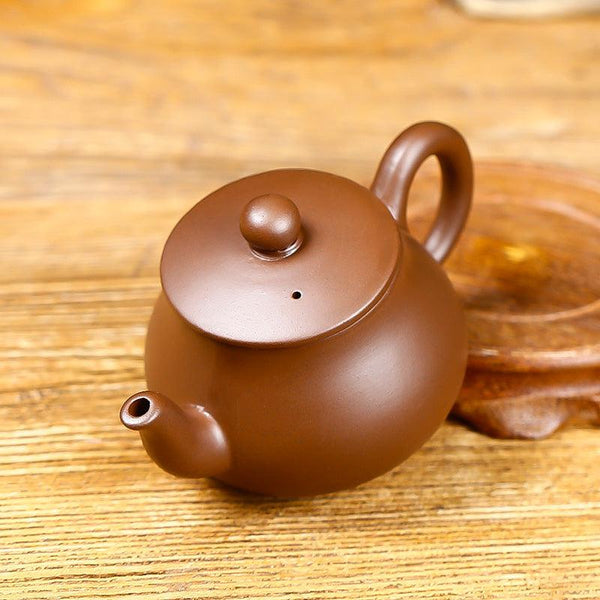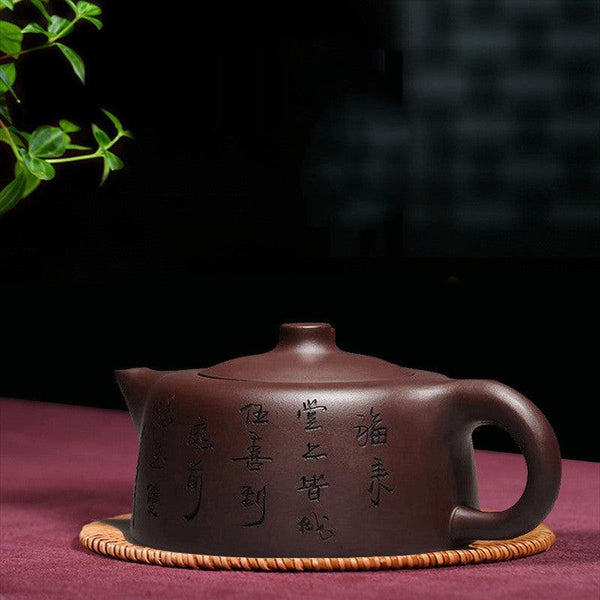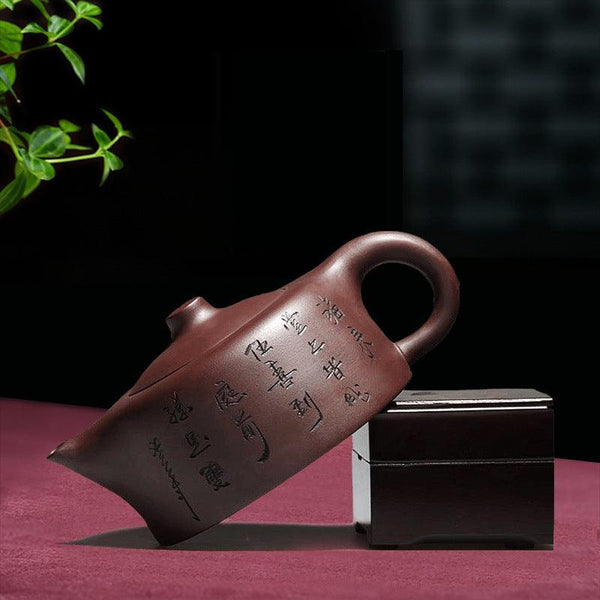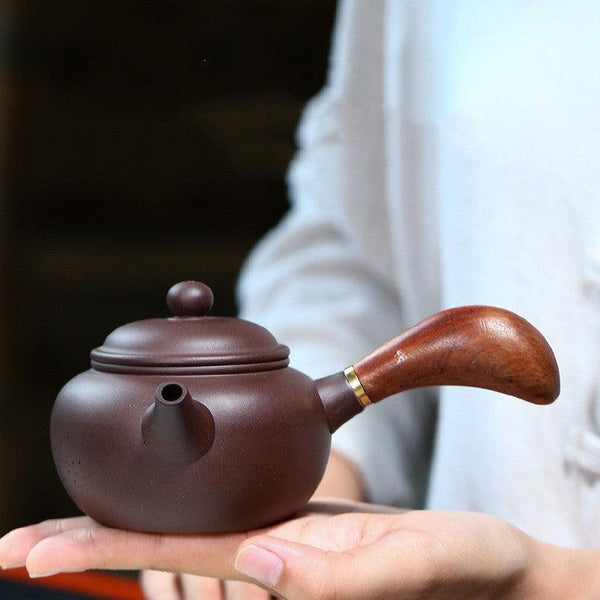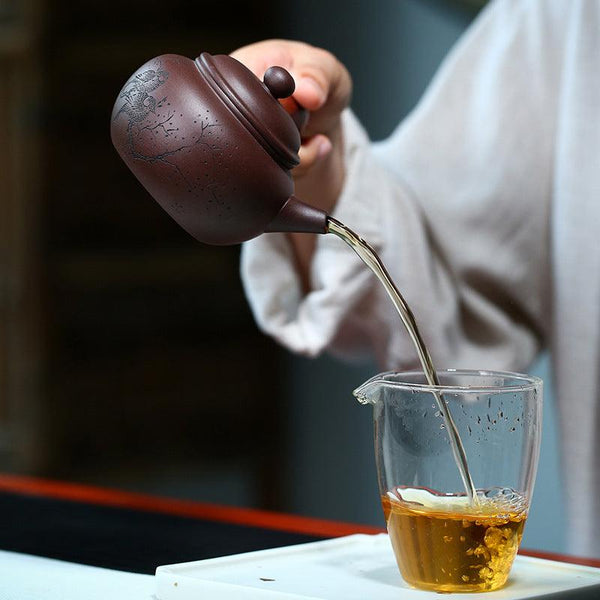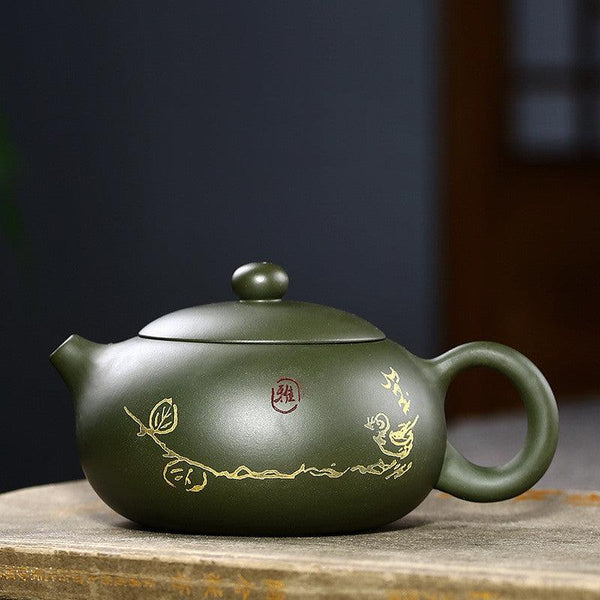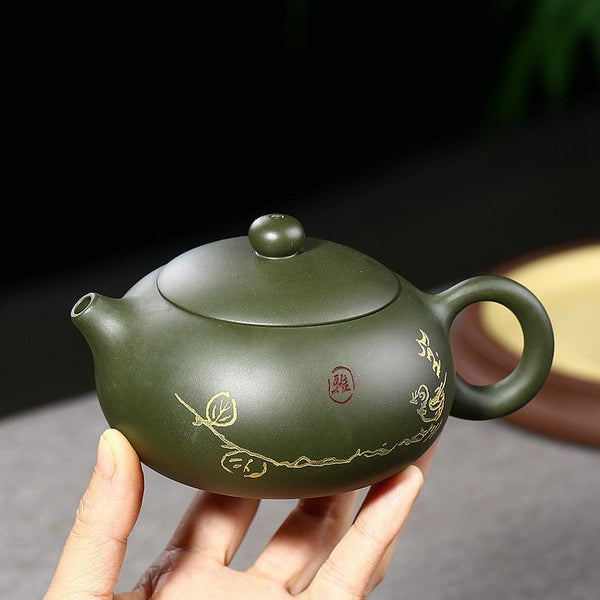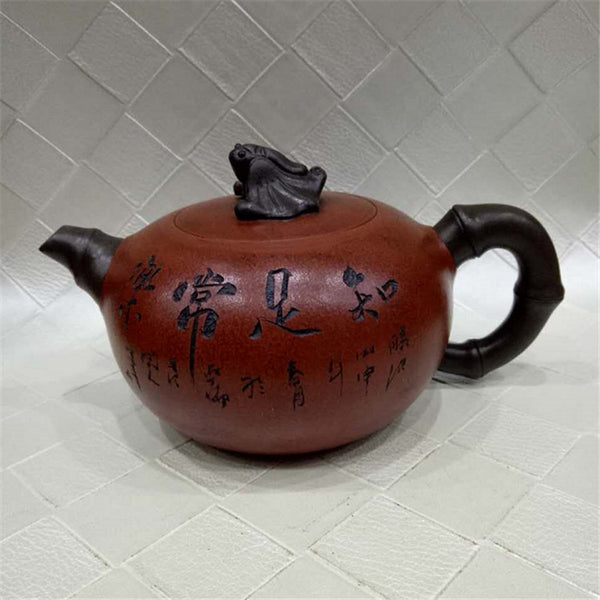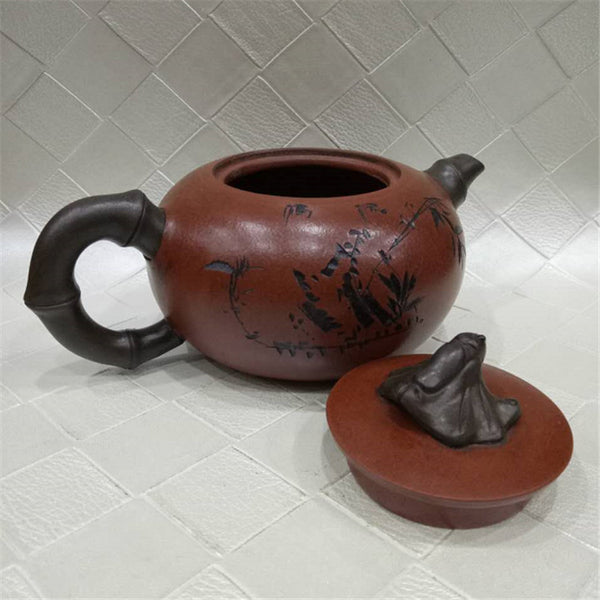When it comes to the excellence of purple clay teapots, none surpass those from Yixing, China. At an auction in 2023, a teapot crafted by Gu Jingzhou fetched over ten million yuan—equivalent to clay valued higher than gold per gram.
Many wonder: How can a clay teapot command such staggering value? Behind these astronomical prices lies a complex value system spanning geological resources to cultural heritage. This article unravels the mystery of why this handful of clay is worth its weight in gold.
1. Resource Scarcity
The preciousness of purple clay teapots stems from the irreplaceable nature of their raw materials. The purple clay mines of Huanglong Mountain in Yixing are known as "treasures among clays," their formation requiring unique geological conditions and millions of years of sedimentation. In 2005, the local government implemented a protective mine closure policy, making raw purple clay even more scarce.
Scientific analysis shows that high-quality purple clay possesses a unique mineral composition:
- Quartz particles (25-30%) provide structural support
- Kaolinite (20-25%) imparts plasticity
- Iron oxide (8-12%) determines its color
This unique mineral composition creates purple clay's distinctive "dual-pore structure," making it both breathable and waterproof.
2. Time and Craftsmanship Costs
Crafting a fully handmade purple clay teapot is a dialogue with time. From raw clay to finished product, it undergoes dozens of processes, taking weeks or even months to complete.
Time-consuming Craftsmanship Process Chart:
| Process | Time Consumption | Professional Requirements |
| Stale clay | 180 days | Temperature and humidity require precise control. |
| Hand-kneaded clay | 3 days | Pounding is repeated over 36 times. |
| Body shaping | 2 days | Thickness tolerance is less than 0.2mm. |
| Retouching | 1 day | 28 types of tools are used. |
| Firing | 2 days | Temperature control: ±5°C |
A skilled artisan requires over a decade of training to master the entire craft. During production, the angle between the spout and the body must be precisely calibrated to 89-91 degrees to ensure smooth water flow; the gap between the lid and the rim must be less than 0.5 millimetres to guarantee a tight seal. This extreme attention to detail makes each fully handcrafted purple clay teapot a unique work of art.
3. Value
The high price of a purple clay teapot stems from its irreplaceable practical value. Modern scientific research confirms that purple clay teapots offer unique advantages for brewing tea:
- The double-pore structure allows the teapot to "breathe," effectively filtering out bitter substances from tea leaves while retaining their aromatic properties.
- Its excellent thermal stability and heat retention properties further stimulate the tea's inherent properties.
- With long-term use, tea oil gradually penetrates the teapot's micropores, forming a moist patina and improving tea brewing.
4. Cultural Value
Besides its high practical value, the purple clay teapot also boasts significant cultural and collectable value. This is reflected in the following points:
Cultural Relic Value
Only 17 Ming Dynasty Dabin teapots remain, all of which are first-class national cultural relics.
Documentary Value
The teapot model recorded in the "Yangxian Minghu Series" (1630) commands a market premium of 300%.
Artisan Effect
Works by national-level arts and crafts masters start at over 800,000 yuan, and those by provincial-level masters exceed 300,000 yuan. The artist's professional title directly determines the premium a work commands.
5. Market Value
The market for purple clay teapots is enormous, encompassing both domestic and international markets.
- Domestically, purple clay teapots enjoy strong demand, particularly in regions with a rich cultural heritage, such as the Jiangnan region.
- Internationally, purple clay teapots are also widely favored, particularly in Asian countries like Japan and South Korea.
Currently, market demand continues to grow, while the supply of high-quality purple clay teapots is relatively limited, resulting in a market situation where supply exceeds demand. This supply-demand imbalance is another key factor driving up purple clay teapot prices.
Conclusion
The high price of a purple clay teapot is the result of the scarcity of natural resources, the ultimate application of human craftsmanship, the profound accumulation of cultural connotations, scientific verification of its practical performance, and market mechanisms. It is not only an everyday tea utensil, but also a usable work of art, and a living legacy that carries cultural memory.

